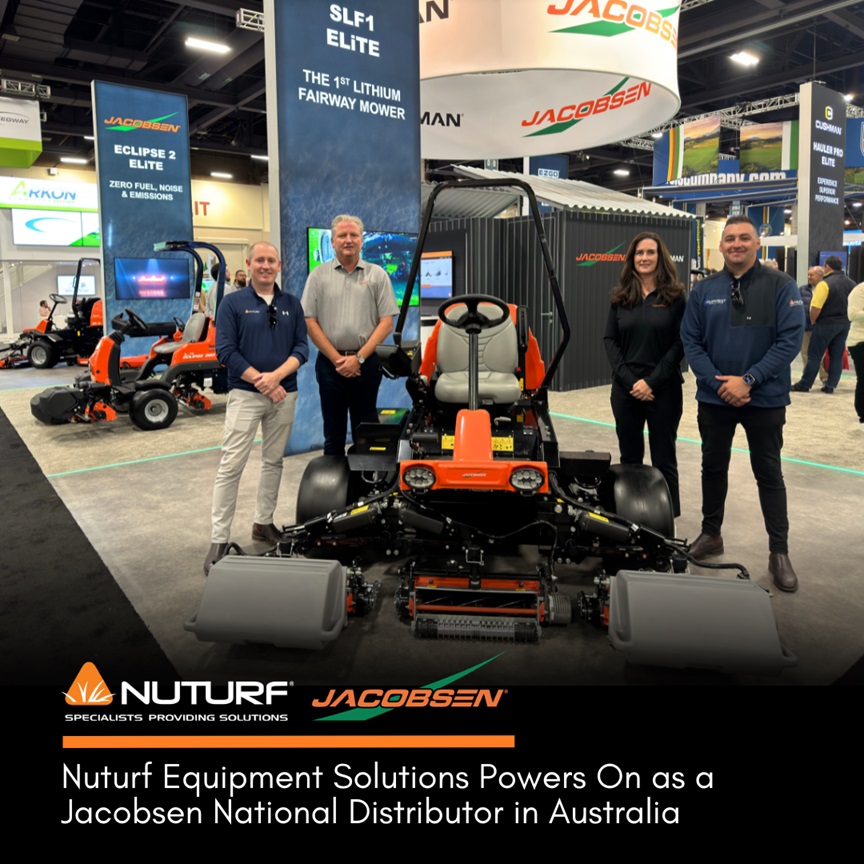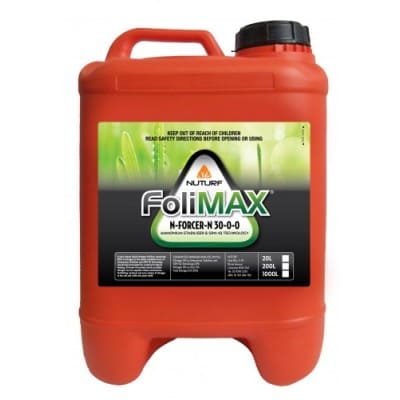How to Nurture Oversown Sportsfields
The interaction of nutrition, plant protection and regulation
So you have decided the two grass system is for you. How do you support and sustain your investment to get the best possible surface? Well, you do all the same things you have always done – just tailored to the season. The core requirements of light, water and oxygen remain, we need good basic agronomy around cutting and irrigation, we need to prevent disease and actively manage down pathogen populations, we need to support fundamental nutrition and if you so choose (and you should choose) pursue further quality attributes through the use of PGR’s. The seasons have changed, and maybe the product choices and application rates may change, but the fundamental principles of turf management don’t!

Three important factors in the provision of a quality rye surface
Three factors that can make a big difference in sustaining and optimizing your rye through the winter months is the selection and deployment of nutrition, plant protection and regulation – and the combination thereof. Whilst these are not the only factors for success, the way these three roll together make them important to look at together.
Nutrition
Although rye is a cool season grass there are clear peaks in growth in autumn and spring and a moderation of growth through mid winter. Therefore, providing a commensurate nutrition can actually be a bit tricky and will need to be looked at in smaller windows. Applying a high nitrogen rapid release type fertilizer late April isn’t going to match what the rye is doing and will surely create a soft vulnerable foliage and / or result in leaching or loss of a good proportion of the N. This isn’t sensible environmentally or budgetarily. It would be more reasonable to offer an NPK fert around establishment that had some upfront N but a moderate amount of N overall that is atleast half if not more a controlled release N. A fertiliser which has some P to act as a starter support in early establishment is almost always beneficial, and a source of K (again ideally a controlled release) to add to structural strength and resilience throughout the growing season is also entirely appropriate. Thinking about how the needs change from initial establishment to the bulk of the growing phase is very important as it will likely involve selecting separate products matched to discrete phases and environmental conditions. P needs will decrease, N needs will moderate or decrease, but K needs would likely increase reflecting the roles each plays in the biochemistry of the plant.
Foliar pathogen protection
Assuming a Pythium protection plan was in place through establishment, unless a period of extended wet weather is encountered causing free soil water to be retained in the profile the more usual threats in terms of disease will come from cosmopolitan foliar pathogens. In part this is due to regular dew formation and the retention of moisture around foliage, but is also in part caused by guttation. You may have seen photos of rye foliage in the morning with big drops of what looks like water on the leaf tips. This is called guttation and the source of these droplets isn’t atmospheric water rather it’s from the xylem of the plant. Why is this important to know? Because this liquid contains organic acids and sugars from within the grass plant that are loved by foliar pathogens of turf. Due to this the regular use of contact or locally systemic foliar fungicides, applied using foliar nozzles that optimize leaf coverage is crucial for continuous protection.
Regulation
In terms of using a growth regulator don’t focus on the quantitative growth regulation part of the product behavior (you will get enough of this anyway), focus more on the qualitative improvements the turf regulator can confer. Strong science supports both the ability of trinexapac to encourage tillering and turf density as well as its ability to aid shade tolerance, stronger root systems and resilience under physical and environmental pressures. For example Trinexapac limits the effort put into cell elongation (leaf growth) and redirects that energy into things like moving more carbohydrate reserves to the root system to enhance root mass, density and function. It will allow greater tolerance of shade, can offer increased tolerance of low water conditions, and through improved anchorage contribute to greater surface stability.
The trifecta
Individually, the benefits conferred by nutrition, protection and regulation make a lot of sense and are easy to justify. However, the big win is the combined effect of the three independent actions. Whilst a regulation of sorts is being applied it is not aimed at being growth limiting. To the contrary the nutrition ensures the grass plant is optimally fed, the regulation diverts the energy partly generated from that nutrition (and photosynthesis) into useful quality enhancing activities instead of more leaf that gets cut out, and the dense green foliage generated by the limiting of cell elongation but concurrent concentrating of chlorophyll in a smaller leaf area is protected from pathogens that damage the plant leaf tissues and could otherwise limit photosynthesis. The circle is therefore continuous with the nutrition combining with light energy to create a growth potential that is harnessed, optimized and protected again.
How Nuturf can help you
We can talk you through the integrated approaches that can deliver outstanding rye based turf surfaces in winter. We already work with some of the countries premier sports surfaces and can share our learnings with you.
Nutrition needs are covered by anything from slow release granular products with a variety of NPK options to foliar fertilisers for those on sand profiles.
Fungicide needs are covered with a generous range of broad spectrum fungicides for management of foliar pathogens in established surfaces.
Growth regulation is covered by various trinexapac formulations to suit budgets and surfaces. Both ME and EC formulations are available.
Nuturf also has the technical expertise and vast resources around the country to assist all customers with their technical, programming or purchasing needs.
















